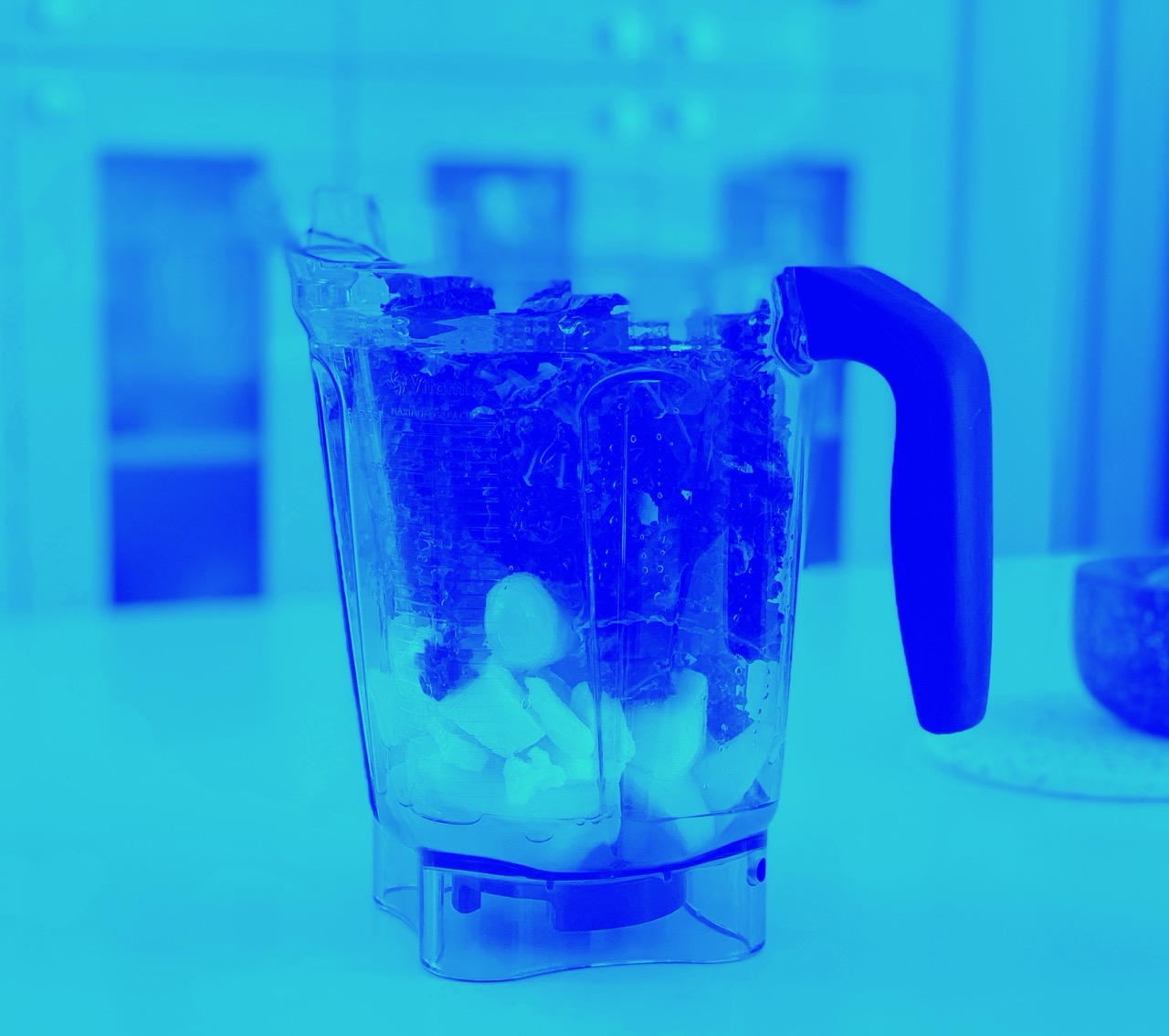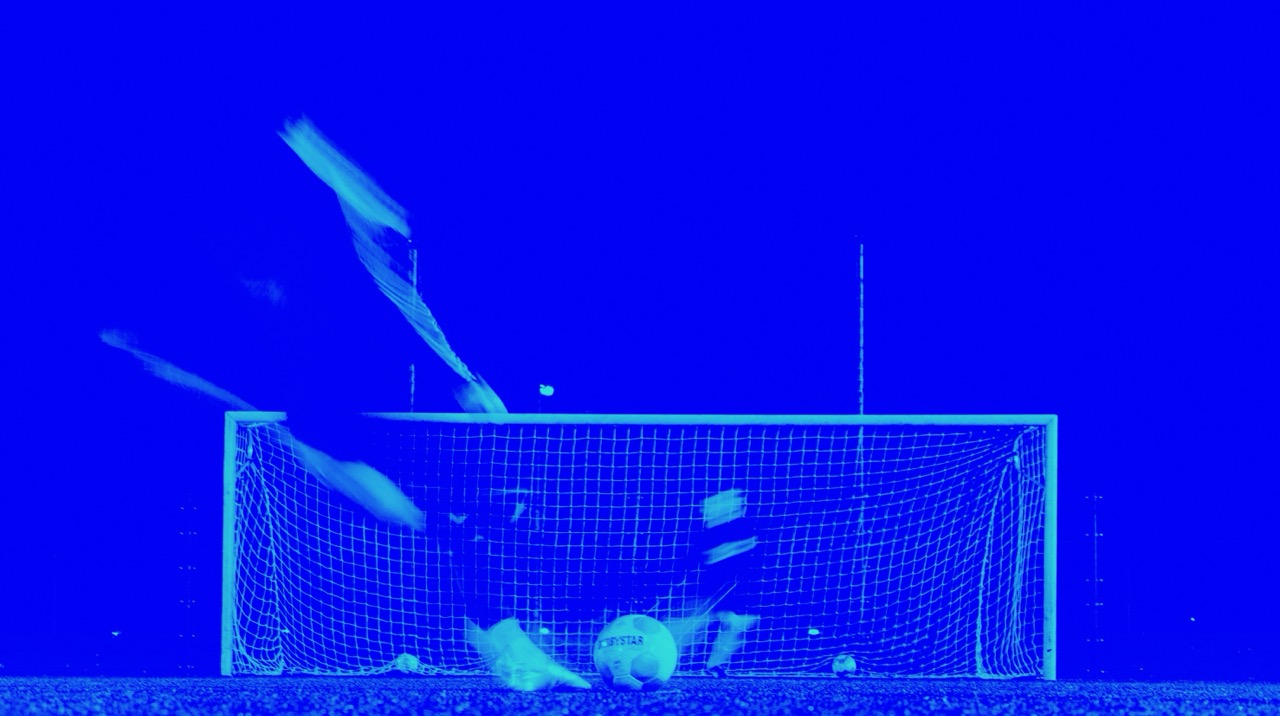Concurrent validity of a continuous glucose monitoring system at rest, during and following a high-intensity interval training session
Clavel P., Thiolier E., Fabre M., Leduc C., Lacome M., and Buchheit M. Concurrent validity of a continuous glucose monitoring system at rest, during and following a high-intensity interval training session, IJSPP, In press – September 2021
Full text here
Abstract
Purpose: To assess the concurrent validity of a continuous blood glucose monitoring system (CGM) Post-Breakfast, Pre-exercise, Exercise and Post-exercise, while assessing the impact of different nutritional intakes on the observed level of validity. Methods: Eight non-diabetic recreational athletes (age: 30.8 ± 9.5 years; height: 173.6 ± 6.6 cm; body mass: 70.3 ± 8.1 kg) took part in the study. Blood glucose concentration was monitored every 10 min using both a CGM (FreeStyle Libre, Abbott, France) and finger-prick blood glucose measurements (FreeStyle Optimum, Abbott, France) over 4 different periods (Post-Breakfast, Pre-Exercise, Exercise and Post-Exercise). Two different breakfasts (carbohydrates- [CHO] and protein- [PROT] oriented) over two days (2 x 2 days in total) were used. Statistical analyses included the Bland-Altman method, standardized mean bias, median absolute relative difference (MARD) and the Clarke Error Grid (EGA). Results: Mean bias was trivial-to-small at Post-Breakfast (effect size ± 90% confidence limits: -0.12 ± 0.08), Pre-Exercise (-0.08 ± 0.08) and Post-Exercise (0.25 ± 0.14), while moderate during Exercise (0.66 ± 0.09). Higher MARD was observed during Exercise (13.6.9% vs 7 to 9.5% for the other conditions). While there was no effect of the breakfast type on the MARD results, EGA revealed higher value in Zone D (i.e. clinically unsafe zone) during Exercise for CHO (10.5%) compared with PROT (1.6%). Conclusion: The CGM device examined in this study may only be a valid tool at rest even when nutritional intakes are manipulated. Using this type of device to monitor blood glucose concentration during exercise is not recommended. Moreover, the accuracy tends to decrease when carbohydrates are consumed before.










